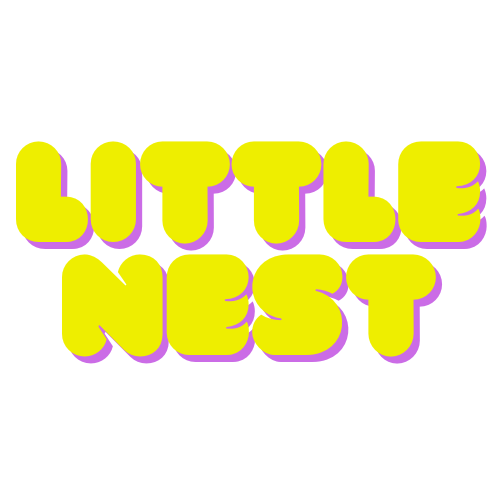Welcoming a newborn into the world is a joyous yet challenging experience for parents. One of the most crucial aspects of caring for a baby is ensuring they get the quality sleep they need to thrive. As you navigate the world of newborn sleep, you may find yourself weighing the benefits of swaddling versus using sleep sacks. Both techniques have their advantages, and the choice ultimately depends on your baby's individual needs and your personal preferences as a parent.
Understanding Swaddling
Swaddling is a centuries-old practice that involves wrapping a baby snugly in a blanket or cloth. This technique helps recreate the cozy, secure feeling of the womb, which can be incredibly soothing for newborns. The benefits of swaddling include:
- Promoting deeper, more restful sleep by mimicking the womb environment
- Reducing the startle reflex, which can often wake a sleeping baby
- Providing a sense of comfort and security for the newborn
- Potentially reducing the risk of SIDS (Sudden Infant Death Syndrome) when done correctly
However, swaddling also comes with some potential drawbacks that parents should be aware of. If done improperly or continued for too long, swaddling can increase the risk of hip dysplasia, overheating, and even suffocation. It's crucial to follow safe swaddling guidelines and discontinue the practice once your baby starts to show signs of trying to roll over, typically around 2-3 months of age.

Exploring Sleep Sacks
As an alternative to swaddling, many parents opt for sleep sacks, also known as wearable blankets. These cozy, wearable garments provide a similar sense of security and warmth without the potential risks associated with swaddling. Some of the key advantages of using sleep sacks include:
- Allowing for natural movement and development of the hips and legs
- Reducing the risk of overheating or suffocation
- Providing a safe, comfortable option for older infants and toddlers
- Ease of use, as sleep sacks are typically easier to put on and take off compared to swaddling
Sleep sacks come in a variety of styles, fabrics, and tog (warmth) ratings, allowing you to choose the perfect option for your baby's comfort and the room temperature. From lightweight, breathable options for warm weather to cozy, insulated designs for colder climates, there's a sleep sack to suit every need.
Comparative Analysis
When it comes to choosing between swaddling and sleep sacks, there are several factors to consider:
Safety
Both swaddling and sleep sacks can be safe for newborns when used correctly. However, swaddling requires more diligence to ensure the baby's arms and legs are not too tightly wrapped, which could lead to hip or breathing issues. Sleep sacks, on the other hand, allow for more natural movement and are generally considered a safer option as babies grow older and start to roll over.
Comfort
Newborns often find the snug, cocooning feeling of swaddling to be incredibly soothing and comforting. Sleep sacks, while still providing a sense of security, allow for more freedom of movement, which some babies may prefer as they grow older.
Ease of Use
Swaddling can be a bit more challenging to master, especially for new parents. Sleep sacks, on the other hand, are typically easier to put on and take off, making nighttime feedings and diaper changes a breeze.
Developmental Impacts
While both techniques can promote healthy sleep, there are some considerations regarding their impact on a baby's development. Swaddling, if continued for too long, can potentially restrict the natural movement and development of a baby's hips and legs. Sleep sacks, on the other hand, allow for more freedom of movement, which can be beneficial for a baby's overall physical development.
Making the Right Choice
Ultimately, the decision between swaddling and sleep sacks comes down to your baby's individual needs and your personal preferences as a parent. Consider factors such as your baby's sleep patterns, their comfort level, and any safety concerns you may have. It's also important to be mindful of the appropriate age range for each technique and be prepared to transition your baby as they grow.
If you're unsure where to start, you may want to try both methods and observe your baby's reactions. Some babies may thrive with swaddling in the early weeks, while others may prefer the freedom of a sleep sack from the beginning. Be patient, flexible, and always prioritize your baby's safety and comfort.

Conclusion
Navigating the world of newborn sleep can be a delicate balance, but with the right tools and information, you can help ensure your little one gets the quality rest they need to grow and thrive. Whether you choose to swaddle or opt for a sleep sack, the most important thing is that your baby feels secure, comfortable, and safe. By understanding the pros and cons of each technique, you can make an informed decision that best suits your family's needs.

